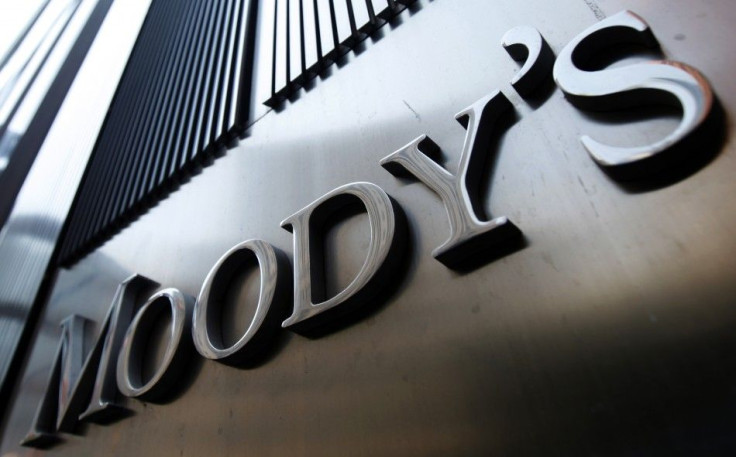Moody's Says Future U.S. Downgrade Possible; S&P News Shakes Global Markets

Moody's rating service warned Monday it could join Standard & Poor's by downgrading the U.S. credit rating. Moody's said the move could happen within the next two years if the U.S. doesn't address its deficit.
On Aug. 2 Moody's affirmed its AAA rating on the U.S. but the agency said Monday in a statement that its rating was based on the country finding further budget cuts to trim its $14.5 trillion deficit.
"Over time, this status could be threatened if further measures to address the long-term fiscal situation are not adopted, but it is early to conclude that such measures will not be forthcoming," Moody's analyst Steven Hess wrote in a report Monday morning, according to Reuters.
Moody's noted that America's current debt to GDP ratio of 100 percent -- the highest since World War II -- must be reduced to maintain the AAA rating.
"For the Aaa rating to remain in place, we would look for further measures that would result in the ratio of federal government debt to GDP, for example, peaking not far above the projected 2012 level of near 75 percent by the middle of the decade and then declining over the longer term," Hess wrote.
On Friday evening, S&P downgraded the U.S. credit rating by one notch, from AAA to AA+. The move signaled the first time in American history the nation has not received a AAA rating.
In making the downgrade, S&P made sharp criticism of the U.S. political system, noting "the downgrade reflects our view that the effectiveness, stability, and predictability of American policymaking and political institutions have weakened at a time of ongoing fiscal and economic challenges to a degree more than we envisioned when we assigned a negative outlook to the rating on April 18, 2001."
The U.S. credit rating downgrade spread fear into global markets Monday, as Asian stocks plummeted on the development.
Hong Kong's Hang Seng Index and Japan's Nikkei 225 Stock Average slid more than two percent and the Shanghai Composite Index lost nearly four percent Monday.
Europe's debt crisis had already shaken global markets and the U.S. market in recent weeks, but Friday's downgrade by S&P shook more fear into global markets. The
Global investors, and perhaps U.S. investors as well, could continue to send equity markets lower if they use the downgrade and global debt concerns to continue to shift investment strategy.
In Honk Kong and China, shares fell to their lowest since 2010, as retail investors sold bank stocks and cyclical industrials on the news of the U.S. debt rating downgrade.
"People are trading in fear at the moment," said Hong Hao, a global strategist at CICC, in an interview with Reuters.
Monday will be the first day of U.S. trading after Friday night's downgrade announcement by S&P and the news follows a volatile, harsh week on Wall Street. On Thursday, the Dow, Nasdaq, and S&P 500 indexes each shed four percent in trading.
Early Monday morning U.S. futures pointed to steep declines following the global sell-off in international markets.
Futures for the S&P 500, the Dow Jones Industrial Average, and the Nasdaq 100 were down 2.4 to 2.8 percent.
In other developments related to the S&P credit rating downgrade and Europe concerns:
--Middle Eastern markets plummeted overnight Sunday, as Israel's benchmark TA-25 index fell seven percent, its biggest drop since October 2000.
--Oil futures traded sharply lower Sunday, while gold pushed to a new record near $1,700 before backing off slightly.
--In Europe, the FTSE and DAX are trading down 1.6 percent and 2.3 percent.
© Copyright IBTimes 2024. All rights reserved.





















